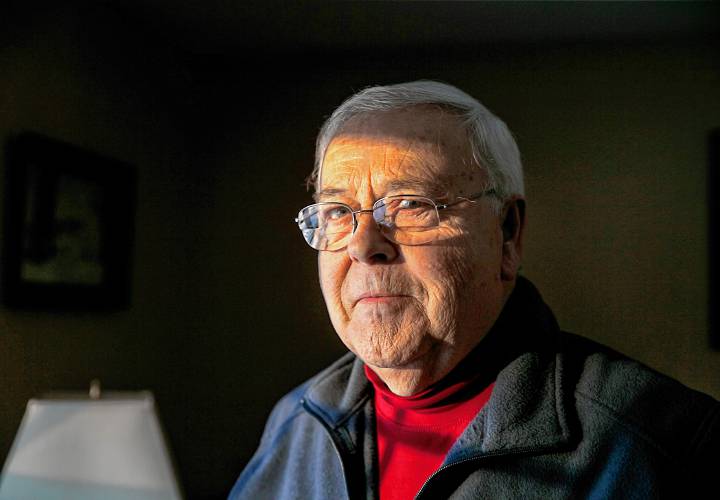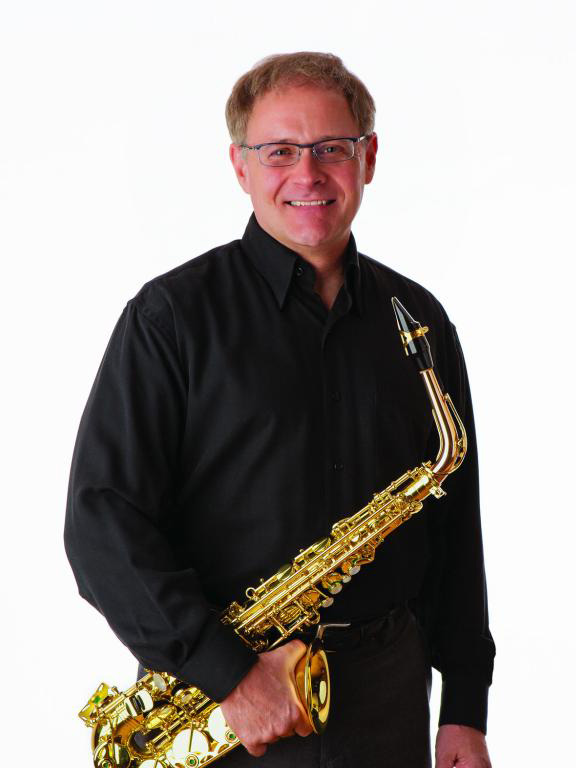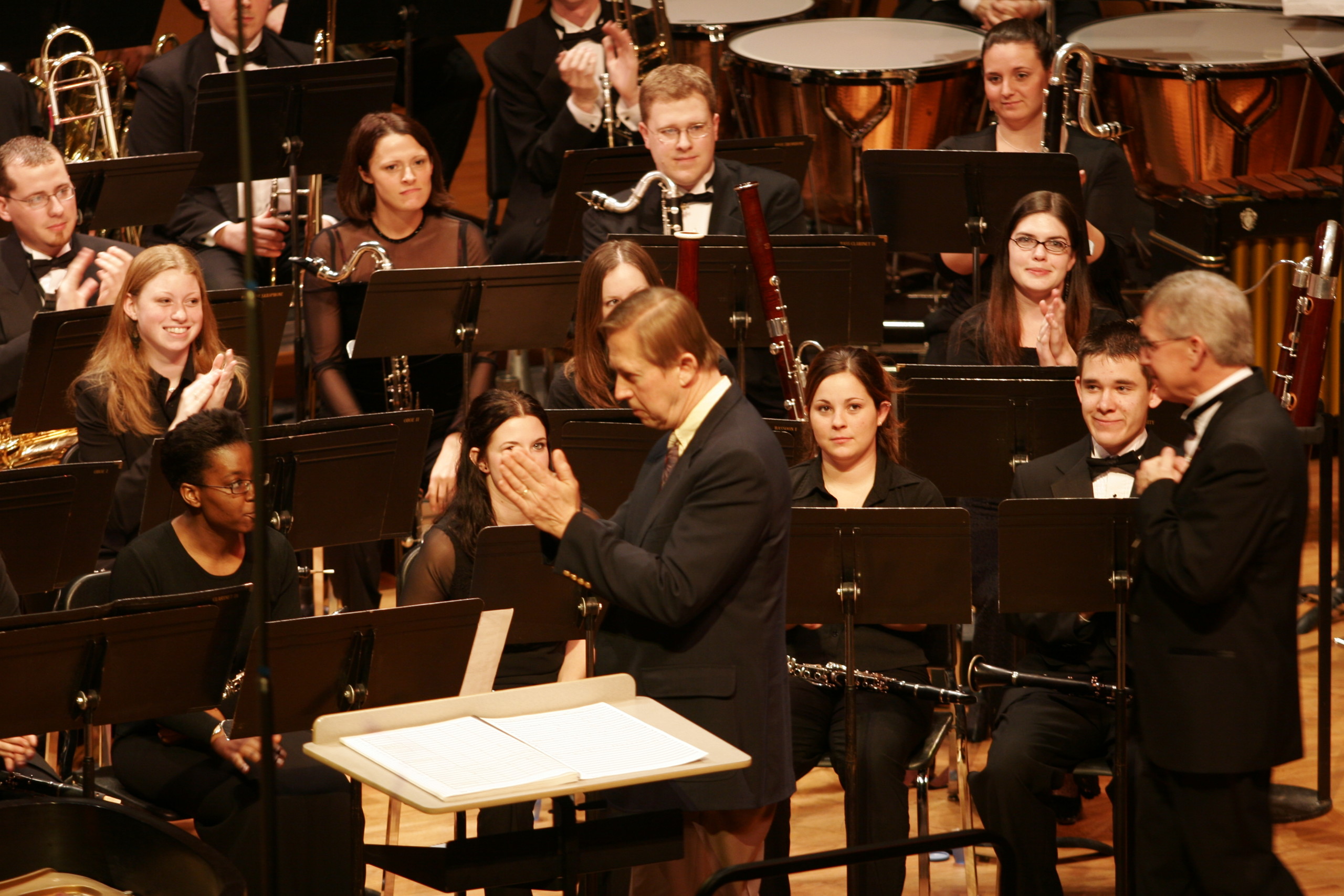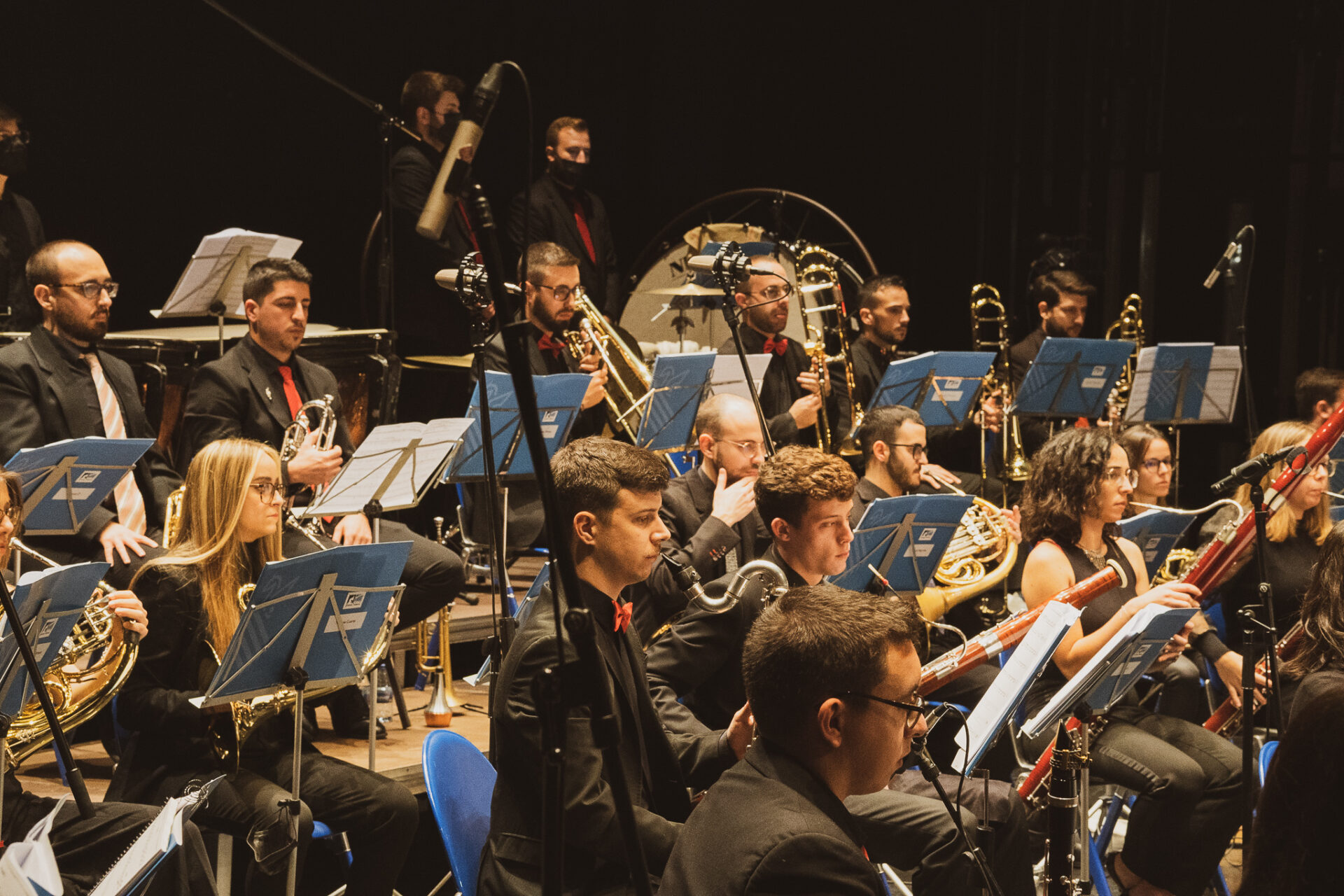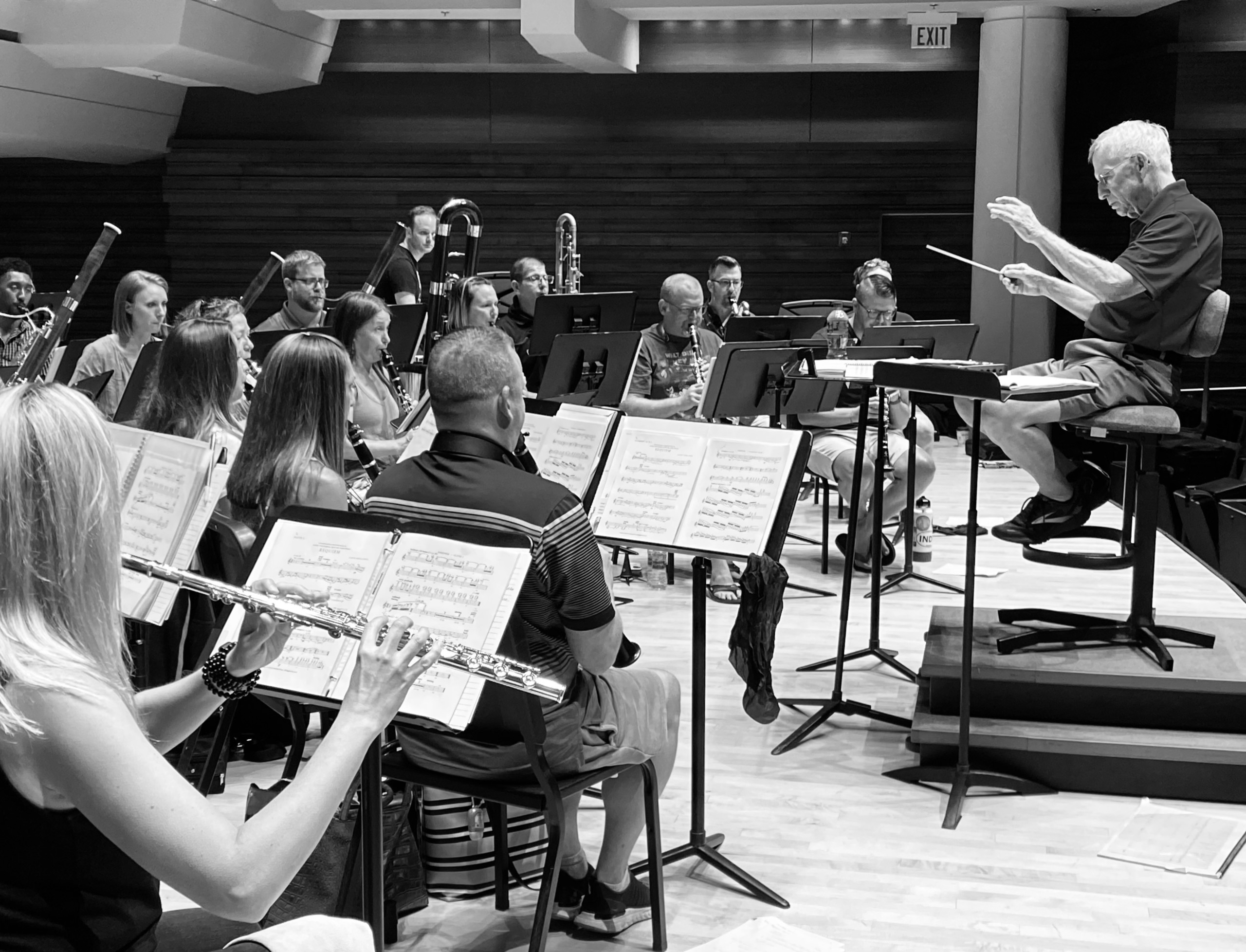Maslanka Weekly highlights excellent performances of David Maslanka’s music from around the web.
Malcolm W. Rowell, Jr. is a conductor and music educator. He is a Professor of Music Emeritus at the University of Massachusetts Amherst, and served as the principal conductor of the University Wind Ensemble and Symphony Band from 1980-2003. Under his baton the wind ensemble released four recordings: The Wind Music of David Maslanka (1991), Symphonic & Wind Music of Charles Bestor (1994), Tears (1996), and Wind Currents (2001).
One of the earliest champions of David’s music for wind ensemble, Rowell’s early recordings with the University of Massachusetts-Amherst Wind Ensemble of pieces like Symphony No. 2, Symphony No. 4, A Child’s Garden of Dreams, and Tears helped give life to David’s music and was the source of inspiration for many band directors who would later program and record David’s music.
According to The American Record Guide, “Malcolm W. Rowell, Jr. and his charges at the University of Massachusetts-Amherst seem to have a special affinity for the works of David Maslanka. Their recording of his Tears follows an all-Maslanka disc (A Child’s Garden of Dreams and Symphony No. 2) that they released in 1996…In sum, Rowell and his musicians have assembled a well-performed program.”
This week, we feature three of David’s compositions that Malcolm W. Rowell, Jr. and the University of Massachusetts-Amherst Wind Ensemble championed: A Child’s Garden of Dreams, Symphony No. 4, and Tears.
A Child’s Garden of Dreams
From David’s Program Note:
A Child’s Garden of Dreams was commissioned by John and Marietta Paynter for the Northwestern University Symphonic Wind Ensemble. It was composed in the summer of 1981 and premiered by Northwestern in 1982.
The following material is from Man and His Symbols by Carl Jung:
A very important case came to me from a man who was himself a psychiatrist. One day he brought me a handwritten booklet he had received as a Christmas present from his ten-year-old daughter. It contained a whole series of dreams she had had when she was eight. They made up the weirdest series of dreams I had ever seen, and I could well understand why her father was more than just puzzled by them. Though childlike, they were uncanny, and contained images whose origin was wholly incomprehensible to the father….
In the unabridged German original, each dream begins with the words of the old fairy tale: “Once upon a time….” By these words the little dreamer suggests that she felt each dream were a sort of fairy tale, which she wants to tell her father as a Christmas present. The father tried to explain the dreams in terms of their context. But he could not do so because there appeared to be no personal associations with them….
[The little girl] died of an infectious disease about a year after that Christmas….”[The dreams were a preparation for death, expressed through short stories, like the tales told at primitive initiations.]
The little girl was approaching puberty and at the same time, the end of her life. Little or nothing in the symbolism of her dreams points to the beginning of a normal adult life…. When I first read her dreams, I had the uncanny feeling that they suggested impending disaster….
These dreams open up a new and rather terrifying aspect of life and death. One would expect to find such images in an aging person who looks back upon life, rather than to be given them by a child…. Their atmosphere recalls the old Roman saying, “Life is a short dream,” rather than the joy and exuberance of its springtime…. Experience shows that the unknown approach of death casts an adumbratio (an anticipatory shadow) over the life and dreams of the victim. Even the altar in Christian churches represents, on the one hand, a tomb, and on the other, a place of resurrection – the transformation of death into eternal life.”
I have selected five of the twelve dreams as motifs for the movements of this composition:
- There is a desert on the moon where the dreamer sinks so deeply into the ground that she reaches hell.
- A drunken woman falls into the water and comes out renewed and sober.
- A horde of small animals frightens the dreamer. The animals increase to a tremendous size, and one of them devours the little girl.
- A drop of water is seen as it appears when looked at through a microscope. The girl sees that the drop is full of tree branches. This portrays the origin of the world.
- An ascent into heaven where pagan dances are being celebrated; and a descent into hell where angels are doing good deeds.
Watch below as Malcolm W. Rowell, Jr. leads the University of Massachusetts-Amherst Wind Ensemble in a thrilling performance of Movement V.
More info
- UMass Wind Studies
- A Child’s Garden of Dreams @ davidmaslanka.com
Symphony No. 4
From David’s Program Note:
The sources that give rise to a piece of music are many and deep. It is possible to describe the technical aspects of a work – its construction principles, its orchestration – but nearly impossible to write of its soul nature except through hints and suggestions.
The roots of Symphony No. 4 are many. The central driving force is the spontaneous rise of the impulse to shout for the joy of life. I feel it is the powerful voice of the earth that comes to me from my adopted western Montana, and the high plains and mountains of central Idaho. My personal experience of the voice is one of being helpless and torn open by the power of the thing that wants to be expressed – the welling-up shout that cannot be denied. I am set aquiver and am forced to shout and sing. The response in the voice of the earth is the answering shout of thanksgiving, and the shout of praise.
Out of this, the hymn tune Old Hundred, several other hymn tunes (the Bach chorales Only Trust in God to Guide You and Christ Who Makes Us Holy), and original melodies which are hymn-like in nature, form the backbone of Symphony No. 4.
